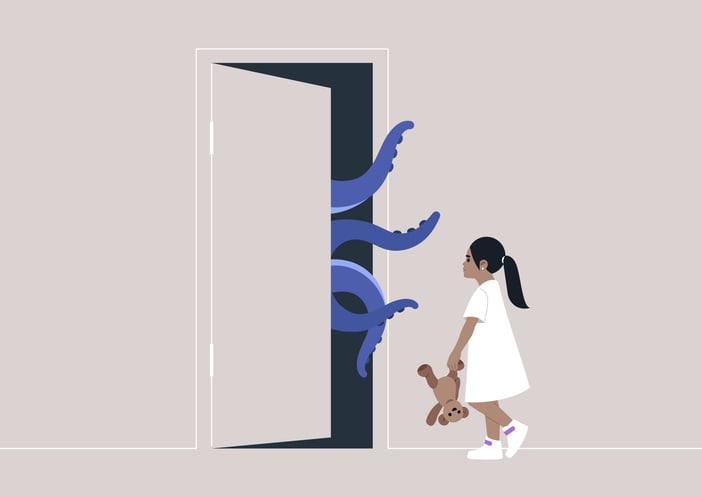New federal student loan caps enacted under Trump’s tax law threaten to discourage aspiring doctors, particularly those from low-income backgrounds, by limiting borrowing capacity to $50,000 annually. This could worsen physician shortages, especially in rural areas and primary care, as many students may opt for higher-paying specialties. Critics argue that simply capping loans is insufficient for addressing rising education costs, with suggestions for medical schools to implement accelerated programs and enhanced debt forgiveness options to foster a more equitable healthcare workforce.
1. New federal loan caps limit borrowing to $50,000/year for medical students. 2. Caps may deter low-income individuals from pursuing medical careers. 3. Median cost of medical school attendance is around $318,825. 4. Accelerated medical programs can reduce costs and ease shortages. 5. Public Service Loan Forgiveness is available for eligible graduates. 6. Critics argue loan caps will not adequately address rising education costs. 7. Students at risk of needing private loans under new caps. 8. Financial barriers may push students to higher-paying specialties.
Listen Tab content



